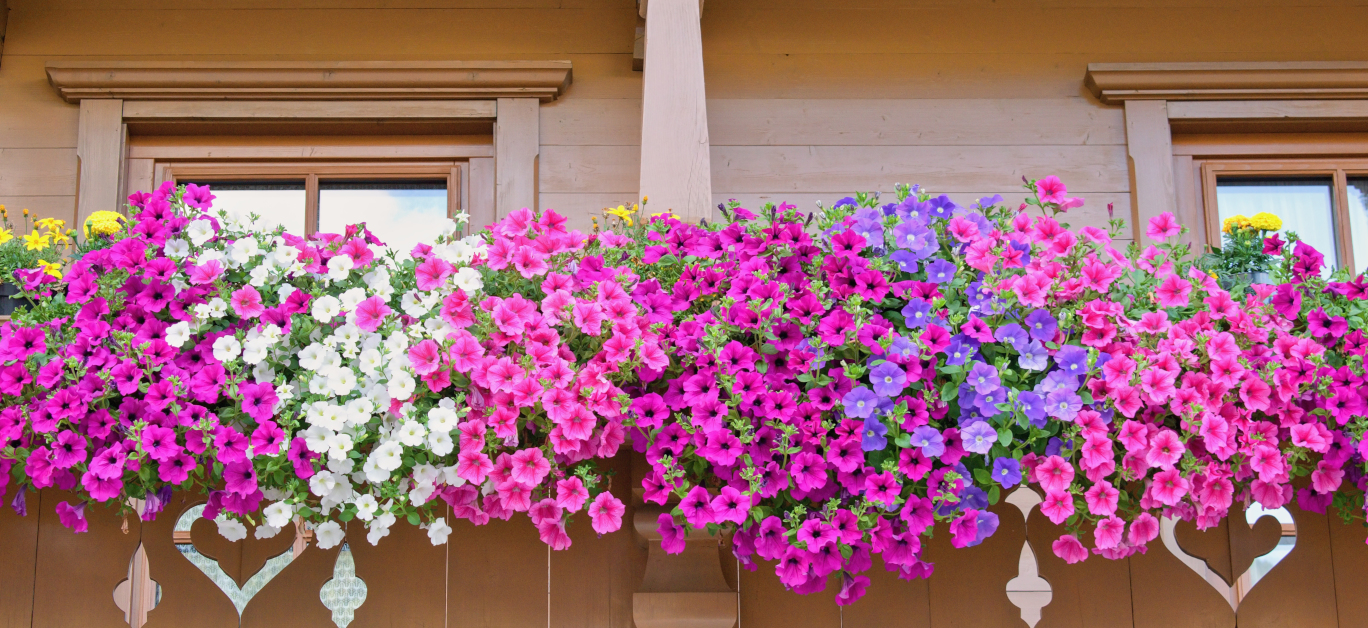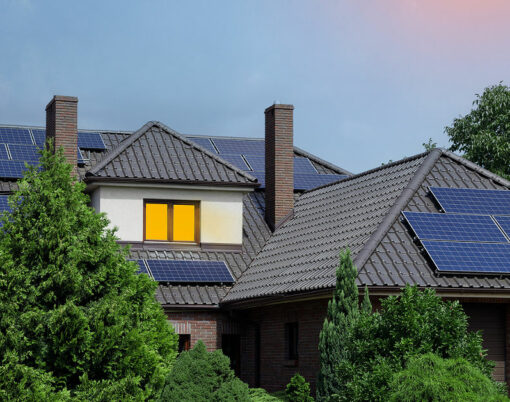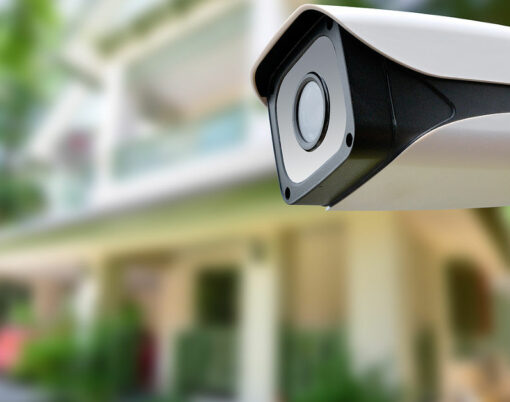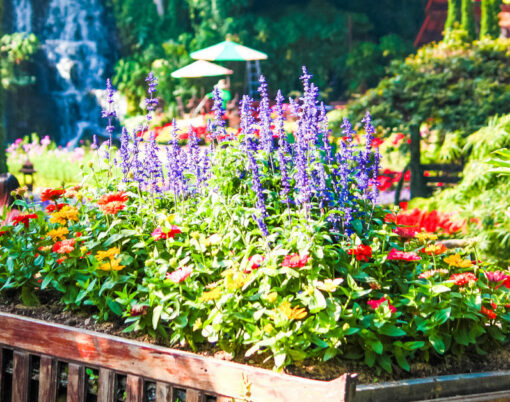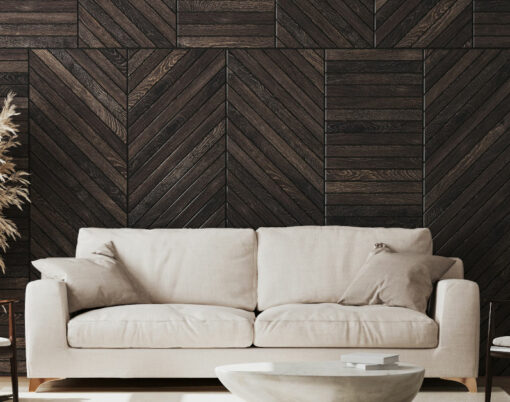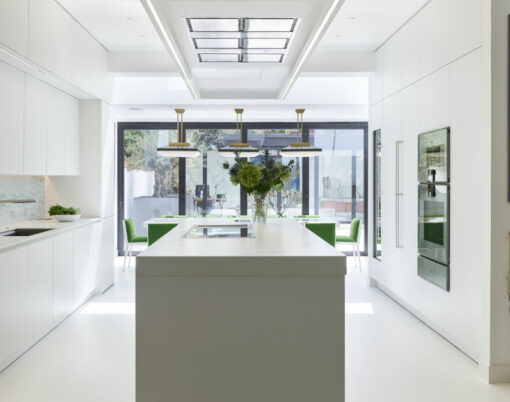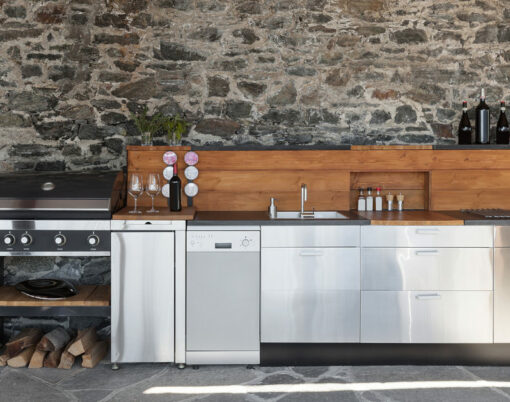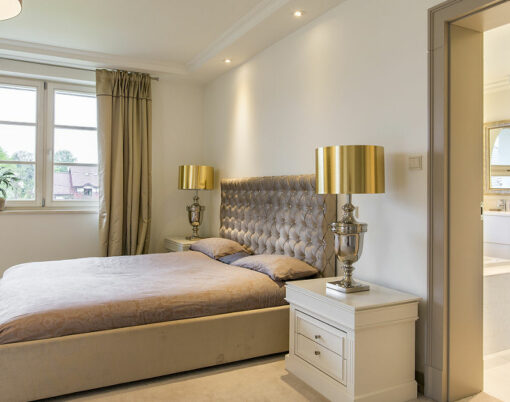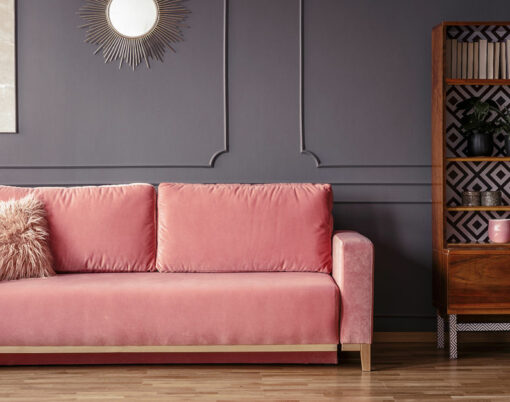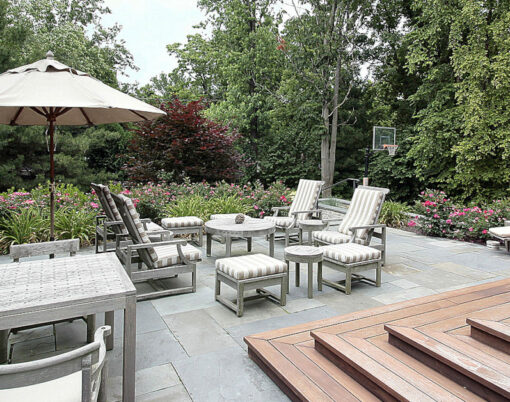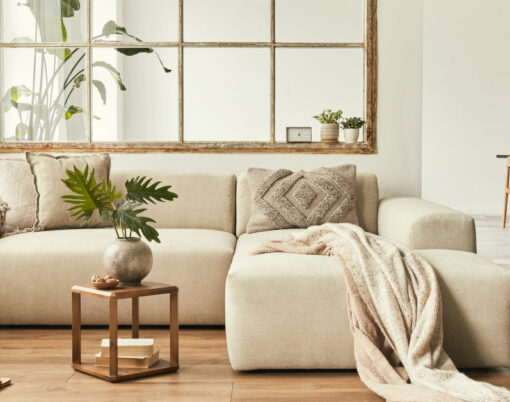Words by Felicity Williams
For all of those trying to make a green oasis of their balcony, gardener and plantsman, Balcon Me founder Philip Dundas is here to help with some handy tips when it comes to choosing and setting up balcony planters.
Here, he shares his expertise to beautify your balcony using plants, with tips on creating privacy and outside potting demonstrations.
Decide on a planter for your balcony

Firstly, consider which are the best planters for your balcony as choosing the right planters for your balcony space is vital. And of course, it depends on the size of your balcony or outdoor space. I’m always asked about how much weight a balcony can take, but you don’t need to worry too much, most balconies are designed to take 250 kilograms per square metre – more than you will ever use!
My advice is to always go for lightweight planters so that you can move them easily, such as zintec steel ones (they’re strong and lightweight) or use a recycled plastic planter – I’d recommending checking out the ones from Elho, Netherlands, which have rollers so they’re easy to manoeuvre. Most importantly your planters should have drainage holes and should be strong enough to lift when they are planted up.
Choose the right compost
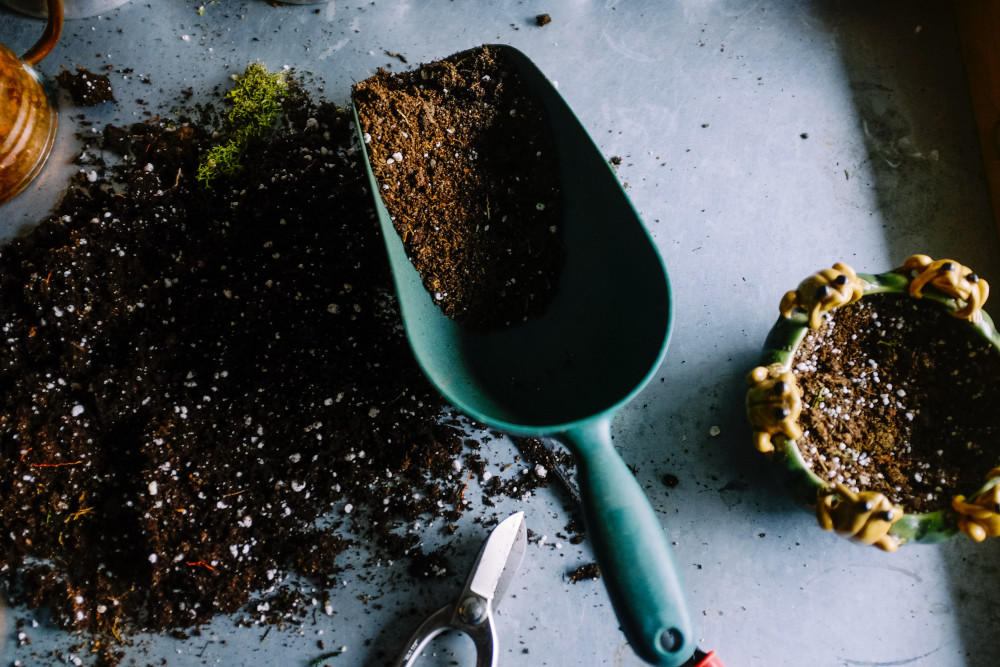
There is a big problem with the sustainability of peat moss, from which most commercially available peat products are made from; peat bogs take thousands of years to form and only a few decades to destroy and so, the horticulture industry has been looking for alternatives.
I suggest using a lightweight product called coir that is made from coconut pith, a sustainable product which also supports much needed farming in Sri Lanka and India. It comes in compressed blocks which expand to six times their original size when soaked in water. You’ll also want to add fertilisers and other products to help maintain your plants over a longer period.
Positioning your planter

The first thing you need to consider is where the water will drain from the holes in your planters. You’ll be watering the compost, and so I would recommend lining the bottom of your planter with an absorbent material, minimising the amount of water that will escape.
Alternatively, you could use a water tank inside your balcony planter. There are different manufacturers, but they can hold up to six to eight litres of water. The advantage is that they allow the compost to draw the water up rather than watering from above. Some planters like the Elho recycled plastic planters also have an inbuilt internal water reservoir tank, so the plants always have what they need to drink.
If you are raising the feet underneath the planter, use a roll of coir and cut a piece to fit the bottom on the inside. If laying the planter directly on the balcony decking, then rest them on a piece of absorbent matting or coir. This not only prevents water escaping but also stops the leach of compost too. Some balconies have open decking which means you want to be careful about unsuspecting neighbours below you get water on them!
Filling the planters with compost
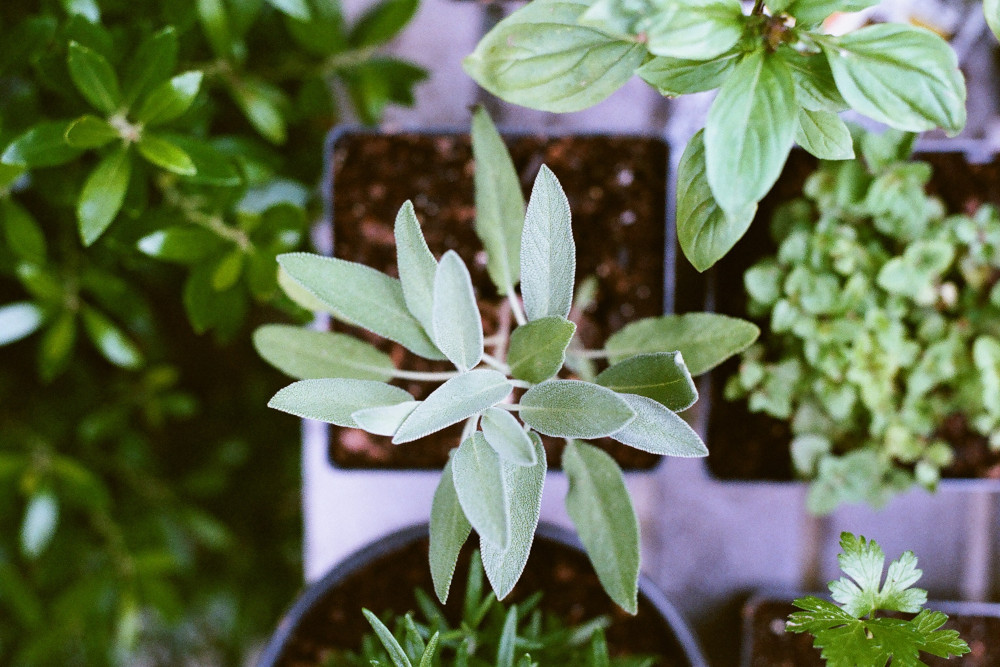
If you are using coir blocks, then be sure to use a big enough waterproof container to soak it in – a large blue IKEA carrying bag in the bath will work and leave it for 30 minutes in water. This method makes it easy to pour the coir out of the bag directly into the planter. If you are mixing in any dry fertilisers, like the slow releasing pellets, now is the time to mix them through the compost. If you are using a standard compost or other product which is already bagged, then this process is easy.
At this stage you are ready to plant.
Boss your balcony with Philip Dundas
Philip will be hosting a free workshop on how to boss your balcony as part of a Freedom From Torture’s Botanical Popup in east London on the August 25.
Event: Freedom From Torture’s Botanical Popup
Timings: Thursday August 25 at 6:30pm
Address: 72 Rivington Street, London, EC2A 3AY
Link to buy tickets: eventbrite.co.uk/e/boss-your-balcony-tickets
Balcon Me is a new, forward-thinking business, dedicated to making your balcony look beautiful.












